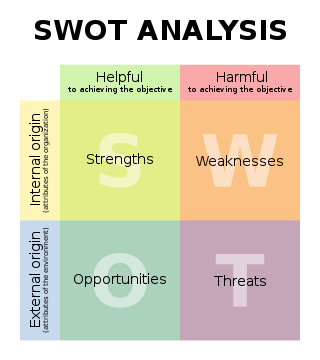In our last post, we talked about how to segment your market. Why will you want to do this, though? It is only human to ask the question- how will this benefit ME? To put it simply, knowing your market will allow you to determine your target customer.
Target Customers
Now that you’ve segmented the market and determined the who, the what, the where and the why, you’ll find it helpful to focus on a few key groups such as “families” or “young couples.” Base this information on your research (you didn’t just do it for fun) and determine the groups who are most likely to be drawn to your product or service. You’ve determined these segments already, now you need to answer the question WHY will these people spend their money with you?
Be sure to credit your sources with any information cited, including yourself. If you conducted extensive market surveys and/or analyses, you may want to attach more information on the methodology and any other pertinent discoveries you made along the way in the supplementary documents section of your plan.
Define both your primary and secondary target consumers. The primary target is simple enough- who will be the main customer that your business will pursue? Secondary targets will include the business that you receive as a consequence of doing business with your primary target. For example, if your primary target is children ages 5-15, you may receive additional business from their parents and/or grandparents, which would make up a portion your secondary market.
S.W.O.T. Analysis
So, you’ve done the research on the market demographics and its size and condition and it’s time to bring it all together with what we like to call the SWOT (a.k.a. SLOT) Analysis. This is an acronym that stands for Strengths, Weaknesses (or limitations), Opportunities and Threats. Unlike many things in life, this really is as simple as it sounds. Think of strengths and weaknesses as the internal factors that will influence your success while opportunities and threats are the external factors that will influence success.
- Strengths: What attributes does your product or service have that will give it a strategic advantage over others?
- Weaknesses: What attributes does your product or service lack that will put it at a disadvantage compared to other products in the market?
- Opportunities: What is available to you in your environment that will increase the chance of your success?
- Threats: What is out there that could be bad for business?
Address these questions for each of your products you will offer. How does your product differ from that of your competitors? In delivery? Performance? Pricing? I know I’ve said it before- but how do you stand out from the rest? What makes you special? Describe how current products and technologies can be leveraged. Describe the cost of entry, time-frame and risk in the market.
What does your SWOT Analysis tell you?
Image courtesy of Xhienne (SWOT pt.svg) [CC-BY-SA-2.5 (http://creativecommons.org/licenses/by-sa/2.5)], via Wikimedia Commons






